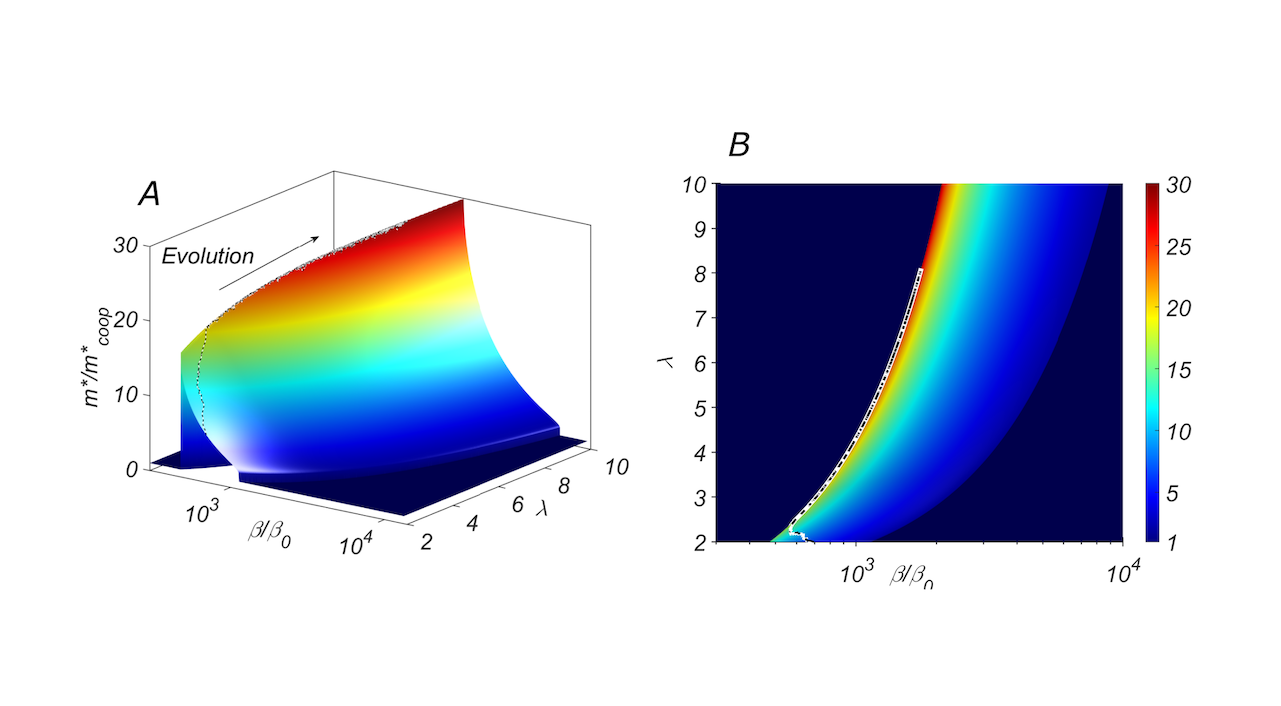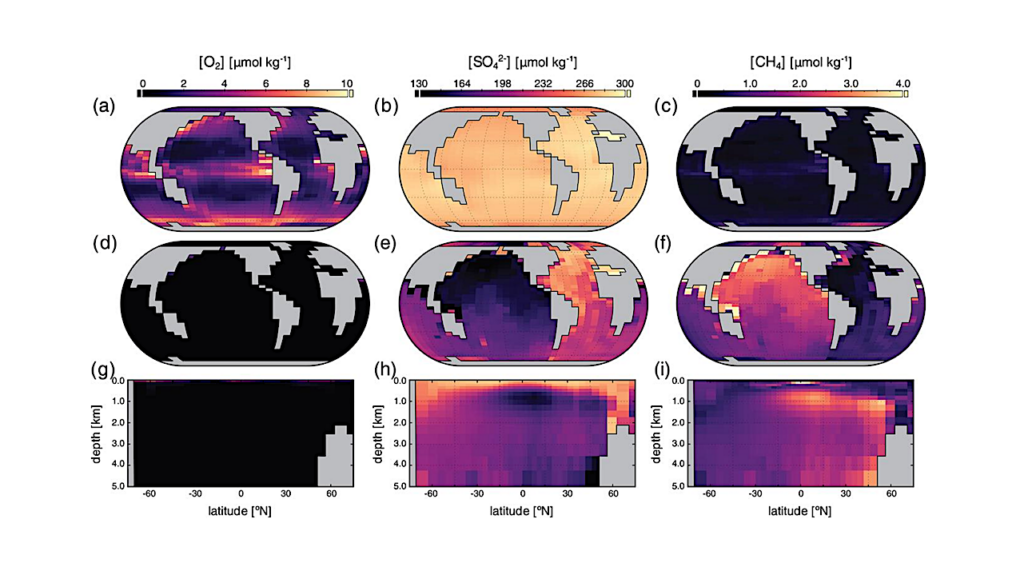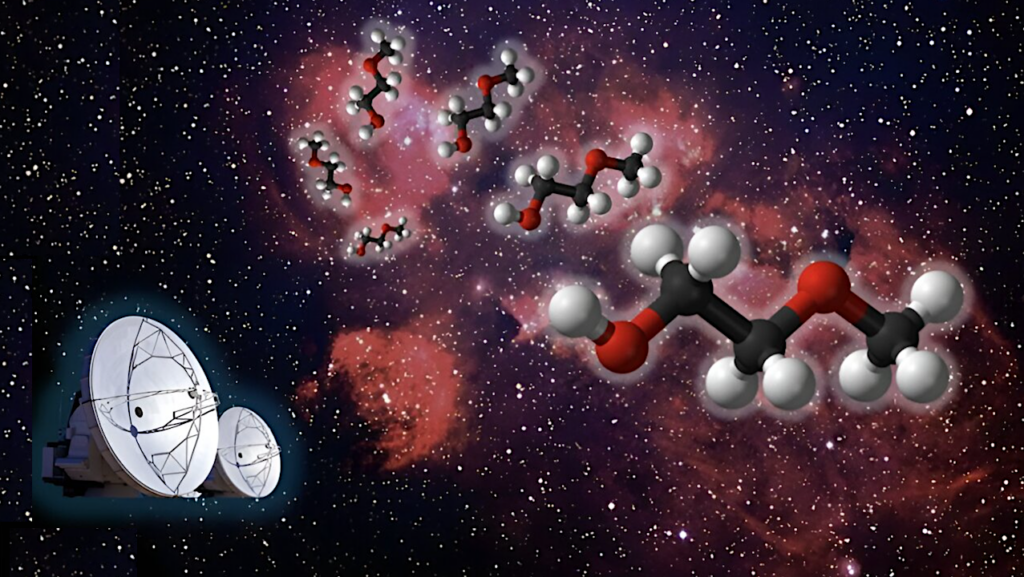Emergence Of Catalytic Function In Prebiotic Information-coding Polymers

Life as we know it relies on the interplay between catalytic activity and information processing carried out by biological polymers.
Here we present a plausible pathway by which a pool of prebiotic information-coding oligomers could acquire an early catalytic function, namely sequencespecific cleavage activity. Starting with a system capable of non-enzymatic templated replication, we demonstrate that even non-catalyzed spontaneous cleavage would promote proliferation by generating short fragments that act as primers.
Furthermore, we show that catalytic cleavage function can naturally emerge and proliferate in this system. Specifically, a cooperative catalytic network with four subpopulations of oligomers is selected by the evolution in competition with chains lacking catalytic activity.
The cooperative system emerges through the functional differentiation of oligomers into catalysts and their substrates. The model is inspired by the structure of the hammerhead RNA enzyme as well as other DNA and RNA-based enzymes with cleavage activity that readily emerge through natural or artificial selection.
We identify the conditions necessary for the emergence of the cooperative catalytic network. In particular, we show that it requires the catalytic rate enhancement over the spontaneous cleavage rate to be at least 102 −103, a factor consistent with the existing experiments. The evolutionary pressure leads to a further increase in catalytic efficiency.
The presented mechanism provides an escape route from a relatively simple pairwise replication of oligomers towards a more complex behavior involving catalytic function. This provides a bridge between the information-first origin of life scenarios and the paradigm of autocatalytic sets and hypercycles, albeit based on cleavage rather than synthesis of reactants.
Alexei V. Tkachenko, Sergei Maslov
https://www.biorxiv.org/content/10.1101/2023.04.11.536473v2
astrobiology








